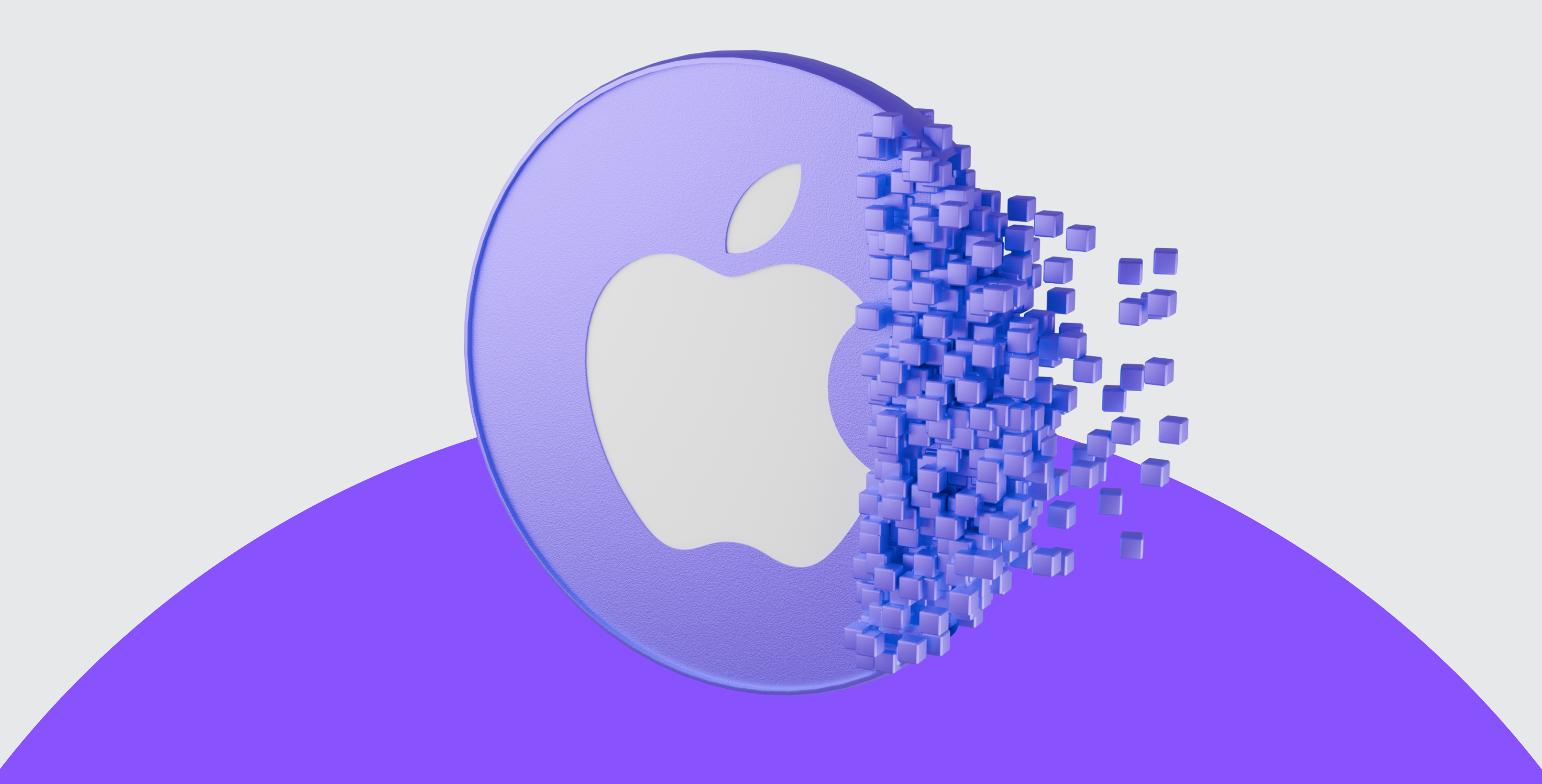What is Ethereum?

Ethereum is a leading public blockchain network that introduced smart contracts and decentralised applications (dApps) to the cryptocurrency industry. Ethereum was launched in 2015 by Vitalik Buterin and has grown to become one of the most popular blockchain platforms in the world.
In this beginner's guide, you will learn about Ethereum and how it works. You will discover the basics of the Ethereum blockchain, Ethereum 2.0, how Ethereum is created, and what gives it value.
What is Ethereum?
Ethereum is a decentralised, open-source blockchain technology that introduced the creation of blockchain-based smart contracts and decentralised applications (dApps). Unlike Bitcoin, which is primarily used for transferring value, Ethereum was designed to allow developers to create and deploy smart contracts and decentralised applications (dApps) on its blockchain. Smart contracts are self-executing contracts that execute automatically once certain conditions are met. They are designed to be tamper-proof and can be used to automate a variety of tasks.
With the help of smart contracts, the Ethereum blockchain network becomes a programmable platform that can host other applications — much like how apps work on your phone's operating system, but instead of running on Apple's centralised IOS system, these applications run on top of a decentralised blockchain.
The Ethereum network's native cryptocurrency, Ether (ETH), is the primary cryptocurrency for powering the smart contracts and dApps built on top of its blockchain.
How does Ethereum work?
Ethereum's blockchain technology is based on the same principles as Bitcoin's blockchain. However, Ethereum's blockchain is more advanced in that it allows for the creation of smart contracts. The Ethereum blockchain is responsible for storing and recording all transaction and smart contract data, known as the "state."
Validator nodes
Ethereum's blockchain comprises a network of nodes that store and maintain a complete transaction history of all ETH transactions. Nodes also help to verify the state of new transactions and smart contract data. These nodes power the Ethereum blockchains as they work together to validate transactions and ensure that the blockchain is secure.
Ethereum virtual machine (EVM)
The Ethereum blockchain stores smart contract data and records new changes made once those contracts are executed. A program called the Ethereum Virtual Machine (EVM) runs on top of the Ethereum blockchain to read and execute all smart contracts. All nodes run the EVM program to make sure smart contracts follow the rules of the protocol.
Gas
Ethereum also introduced the concept of gas. ‘Gas’ refers to the fee it costs a network to execute an operation successfully. In the same way, a car needs gas to get from point A to point B, a blockchain network requires a certain amount of gas to get a transaction or operation from one point to another.
This means that developers who build dApps on Ethereum must pay in ETH to execute their smart contracts. Gas prices are determined by the network's demand and supply and are denominated in gwei, which is a fraction of an ETH.
What is Ethereum 2.0?
Ethereum 2.0 is the next iteration of the Ethereum blockchain, designed to improve its scalability, security, and sustainability. The new version introduces a novel consensus mechanism called Proof of Stake (PoS) that replaces the current Proof of Work (PoW) system. PoS incentivises users to validate transactions and maintain the network by staking their Ethereum holdings instead of solving complex mathematical puzzles as in PoW. This results in reduced energy consumption and faster transaction processing times. Additionally, Ethereum 2.0 introduces shard chains, which split the network into smaller groups of validators to increase throughput and capacity. Overall, Ethereum 2.0 aims to be a more efficient and environmentally friendly blockchain that can support the growing demand for decentralised applications.
How is Ethereum created?
Under PoW, Ethereum was created through a process called mining. Miners use powerful computers to solve complex mathematical problems that verify transactions and add them to the blockchain. As a reward for their efforts, miners received newly minted Ethereum and transaction fees. However, this process can be hugely energy-intensive, especially as the processing power used by miners that didn't solve the mathematical problem goes to waste.
As stated above, Ethereum 2.0 uses the PoS consensus mechanism, which moves away from an energy-intensive Proof-of-Work (PoW) consensus network to an energy-efficient PoS consensus network that secures the network using staked ETH rather than mining. Instead of relying on miners, individual users can stake a network’s native cryptocurrency and become validator nodes. Validator nodes are similar to miners in that they verify transactions and ensure the network isn’t processing fraudulent transactions.
These validators verify transactions and add these blocks of verified transactions to the blockchain. Validators are then rewarded for the successful block with newly minted ETH.
What makes ETH valuable?
Ethereum was founded with the intention to be much more than simply a medium of exchange or a store of value. Below are some of the major advantages of Ethereum:
- High usage brings demand for the ETH token: Ethereum’s goal is to use its smart contract functionality to empower thousands of applications to decentralise the financial system. Ethereum is currently the biggest smart contract platform and therefore has a high usage. To interact with the Ethereum blockchain, users need to pay for transactions using ETH — this drives the demand for the ETH token and its value.
- Deflationary asset: Unlike regular fiat currencies, Ethereum is working on making its monetary supply (token supply) deflationary, giving it a greater value proposition than that of fiat. Since Ethereum moved to a PoS model, it has started to show signs of becoming a deflationary asset rather than an inflationary one. This means that the supply of ETH could actually shrink over time, making it a more scarce asset and a possible inflation hedge for investors.
- Low energy usage: While companies like Blackrock and Goldman Sachs have shown interest in cryptocurrencies, there has been a hesitance to invest due to the environmental impact cryptocurrency mining brings. Since Ethereum moved to a PoS model, it has reduced its energy usage by over 99.95% – and with trillions of ESG-mandated dollars worldwide looking for innovative green investments, this reduction in energy usage could make Ethereum one of the front runners to receive part of that investment.
- Durability: A critical attribute of any currency is that it must be able to withstand repeated use. ETH is durable because it is designed to be a decentralised, tamper-proof ledger replicated on hundreds and thousands of computers all over the world in order to guarantee its persistence.
- Portability: Money should be easy to transfer from one place to another. Therefore the best form of money can travel at the speed of light at a moment's notice. With ETH, you can carry your entire wealth on a flash drive or transfer it instantly over the internet.
- Divisibility: The more that money can be split into smaller parts, the more it can accommodate the various scales of commerce within a society. While $1 can be divided into 100 pieces, a single ETH is divisible to the 18th decimal place. The smallest unit of currency is called a ‘gwei’. A gwei is one-billionth of one ETH.
Where can I buy Ethereum?
At Altify, you can seamlessly buy, sell and trade Ethereum for fiat currencies or other cryptocurrencies.




